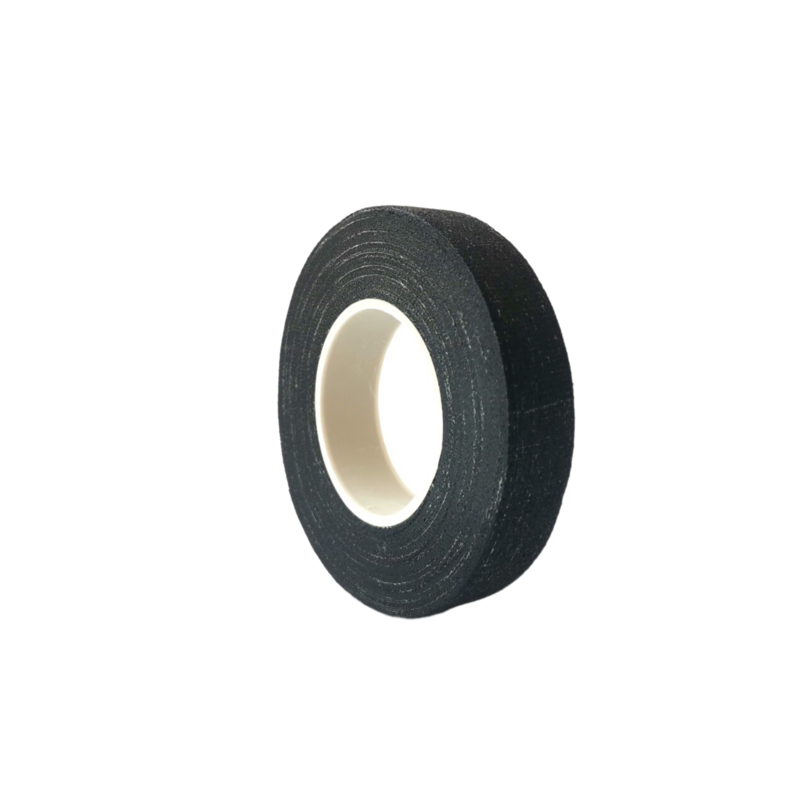Flame Retardant Tape Essential Safety in Modern Applications
In the ever-evolving landscape of materials and safety standards, flame retardant tape has emerged as an essential tool in various industries. This specialized adhesive tape is engineered to resist ignition and to slow the spread of flames, making it a critical component in fire safety applications across multiple sectors including construction, automotive, aerospace, and electrical.
Flame retardant tape is commonly made from materials such as polyester, polyimide, or PVC, and is often treated with flame-retardant chemicals that enhance their fire-resisting properties. These tapes are designed to meet stringent safety regulations and are tested to ensure they perform effectively under stress. In industries where fire safety is paramount, such as aerospace and electrical insulation, the use of flame retardant tape is not merely a precaution but a regulatory requirement.
One of the primary advantages of flame retardant tape is its versatility. It can be used for a wide range of applications. In the construction industry, for example, it is often employed to secure insulation materials and to seal joints in ductwork. In the automotive sector, it is used to protect wiring and components from the risks of fire, particularly in high-temperature environments. Additionally, in the electronics field, flame retardant tape plays a crucial role in providing insulation and protection for sensitive components, thereby preventing short circuits that could lead to fires.
flame retardant tape

Beyond its practical applications, flame retardant tape also brings peace of mind. In environments where flammable materials coexist, the presence of flame retardant tape can significantly reduce the risk of fire hazards. This is particularly relevant in places like laboratories, factories, and warehouses, where the consequences of a fire could be catastrophic. The use of flame retardant tape fosters a culture of safety, ensuring that both employees and assets are protected from potential fire threats.
Another key aspect to consider is the environmental impact of flame retardant materials. As industries strive for greener solutions, manufacturers are increasingly focusing on developing flame retardant tapes that are environmentally friendly. Many of these new formulations are free from harmful halogenated substances, which can release toxic fumes when burned. By opting for eco-friendly flame retardant tapes, businesses not only comply with safety regulations but also contribute to sustainability initiatives, aligning their practices with global environmental goals.
When selecting flame retardant tape, it is vital to consider several factors to ensure optimal performance. These include the tape's temperature resistance, adhesion strength, and the specific environment in which it will be used. Additionally, it is essential to verify that the tape meets relevant industry standards and certifications. Products may be tested according to specifications set forth by organizations such as Underwriters Laboratories (UL), ensuring that they perform as promised.
In conclusion, flame retardant tape is an indispensable component in the pursuit of safety across various industries. Its ability to slow the spread of flames and provide essential protection makes it a valuable asset in any fire risk management strategy. As technology advances, we can expect to see further enhancements in the formulations and applications of flame retardant tapes, promoting a safer future. Whether you are in construction, automotive, or any sector where fire safety is critical, investing in high-quality flame retardant tape is a step towards safeguarding lives and property. Embracing this proactive approach to safety not only complies with regulations but also demonstrates a commitment to the well-being of individuals and the preservation of our environment.
-
XIANGFAN Rubber Tape-Ultimate Solutions for All Your Insulation NeedsNewsJun.24,2025
-
XIANGFAN Rubber Tape-Protection for Industrial and Residential ApplicationsNewsJun.24,2025
-
XIANGFAN Rubber Tape: Superior Safety and Sealing for Demanding EnvironmentsNewsJun.24,2025
-
XIANGFAN Rubber Tape: Reliable Solutions for Every Electrical ChallengeNewsJun.24,2025
-
XIANGFAN Electrical & Industrial Tape: Powering Reliability Across IndustriesNewsJun.24,2025
-
XIANGFAN Electrical & Industrial Tape: Excellence in Every ApplicationNewsJun.24,2025
